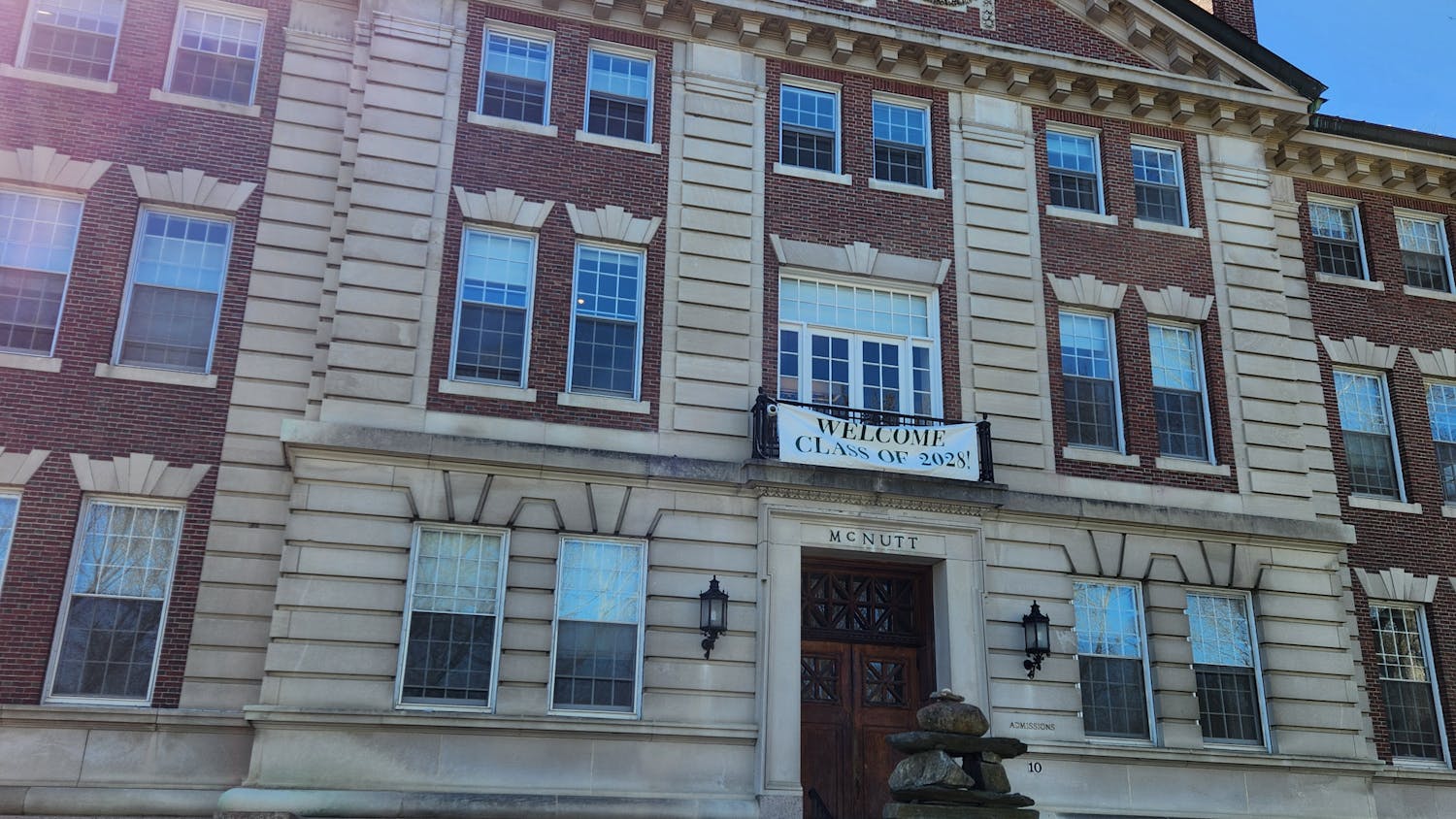Physics and astronomy professor Robert Caldwell specializes in the field of cosmology, the study of the mechanisms of the universe. With the recent collision of two neutron stars at the speed of light, Caldwell contributed his insight regarding the significance of this event as his current research, with a primary focus in gravitational waves, is related to this occurrence. His present interests include various methods of detecting a cosmic gravitational wave background and the potential knowledge that could be obtained from this detection.
How did you become interested in theoretical physics, cosmology in particular?
RC: I was interested in physics for a long time, from the time I was in high school, because that’s when I learned that there is something called physics. Of course, I liked science before that. But I think I really fell in love with physics when I was in college taking a modern physics class. I became interested in theoretical physics at some point in college when I realized that there was a field called astrophysics, or cosmology. It drew on so many different branches of physics to study nature. I thought that was really cool, and that’s what I wanted to pursue.
On Oct. 16, it was announced that two neutron stars collided at the speed of light. Can you explain the significance of the collision?
RC: This event was really significant because it was the first time that gravitational waves from such a collision in neutron stars was ever recorded. It was particularly significant for the field of gravitational wave astronomy because it was the first time that electromagnetic waves from the same event were observed, so that was the first time that astronomers could watch a violent event or collision and sense that same event using gravitational waves.
This was pretty remarkable because the physics came out of it immediately. There was the realization that these heavy elements are being produced in neutron star collisions and that helps explain where the heavy metals in our life come from: gold, uranium, plutonium, the rare earth elements that we use for our magnets. A large portion of it comes from collisions and neutron stars.
It was also really significant because by measuring the same event with gravitational waves and with electromagnetic radiation with light, you can take the measure of the expansion rate of the universe. This was demonstrating a technique that is going to take off when they get more events, and it’s going to be a really promising independent method for measuring the rate of the expansion of the universe. I’m very interested in that because I work on cosmology and dark energy and I understand dark energy, which is causing the accelerated expansion of the universe. We need to know exactly how fast expansion is accelerating, and these measurements with gravitational waves are going to allow people to do that.
Can you discuss what technology was used to study the collision?
RC: What’s really interesting and new here is the gravitational wave detectors: These are remarkable instruments. They’re the best of their class — they’re the most sensitive devices in the world. These gravitational waves are extremely strong, caused by violent distortions of space-time when they’re produced, but by the time the gravitational waves get to us, they are so weak that it’s hard to exaggerate how weak they are. LIGO, or Laser Interferometer Gravitation-Wave Observatory, includes two masses that are suspended on fine wires that are separated by four kilometers. When the gravitational wave comes by, it causes a slight motion of those masses. The distance that they move is less than the radius of a proton. How do you keep track of that? How do you notice that? How do you do that without being confused by trucks driving by causing vibrations, quantum fluctuations, thermal noise and the unknown acceleration of nearby objects? How do you measure the displacement of the masses by one part in 10 to the 21? It’s pretty amazing. This is why the study of gravitational wave detectors won the Nobel Prize in Physics.
What research are you currently conducting?
RC: For the past few years, my research has included a focus on gravitational waves. I’m interested in gravitational waves in a couple different arenas. I’m primarily interested in trying to see if my experimentalist friends can detect a cosmic gravitational wave background. Not gravitational waves coming from any particular event, but just a faint hum of gravitational waves coming from all directions, which is predicted in certain theories to have originated in the early universe. The amplitude is very low so it’s hard to detect. But if you could detect it, you would learn something about where the Big Bang came from.
What have you found to be the most interesting or exciting research you’ve done?
RC: That’s a tough question. That’s like asking a baseball player what’s the best home run they’ve hit — they’re all pretty good. It would be silly if I didn’t say the thing that I’m working on right now is the most exciting. With two of my students, we are looking at some really interesting phenomena. With one student we are looking at the possibility that dark energy, the stuff that fills the universe and is responsible for three-quarters of the energy of the universe that’s causing the expansion to accelerate, might actually absorb gravitational waves. Not completely just sort of like the way glass absorbs light but not completely. It dims the light, and dark energy might dim gravitational waves. The theory that we’re working on makes a very specific prediction, and it’s pretty exciting to have to work it out and see if this phenomenon would be detectable.
What advice would you give to students interested in studying theoretical physics?
RC: You have to have a lot of drive and self-motivation. If you’re enthusiastic about science or nature, you should read as much as you can because there’s a lot to know, and if you read as much as you can do, you’ll be filled with the enthusiasm for the subject.
This interview has been edited and condensed for clarity and length.
Berit is a freshman from Ashburn, Virginia. She is thinking about pursuing a Computer Science or Government major, and decided to join The D because of her love of writing and interest in other people’s stories. In addition to writing for The D, Berit enjoys swimming, hiking, and trying new food.



